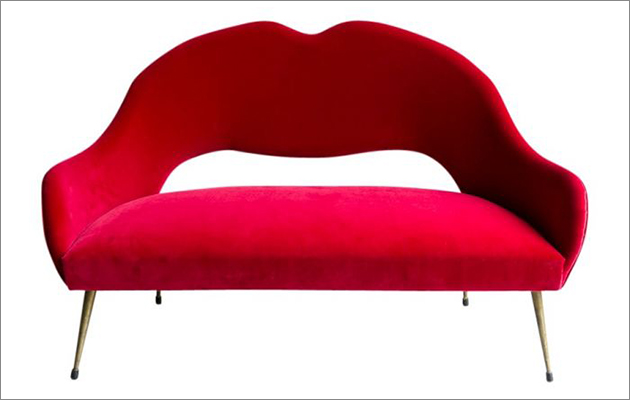|
|
||
|
Ask most people to name a masterpiece, and they’re more likely to pick a painting, a symphony or a novel than a chair or a lamp, but these can be masterpieces too. As art historian Michael Kausch has pointed out, the original concept of a masterpiece was a piece of work produced by a medieval craftsman that allowed him recognition as a master craftsman in his guild. And this was far more likely to be a chair than a painting. Mid-century modernism Trends in furniture and interior design have veered over the centuries from the ornate and fantastic to the minimalist, but for the past couple of decades (a long time in fashion terms) the favourite has been the mid-century modernist style that flourished from around 1945-1965. This era set the standard that Steve Jobs of Apple later defined – ‘design is not just what it looks like and feels like, design is how it works’. Interior designer Michael Berman considers it ‘a very rich period of time in our industry, and the pieces from that era will live on. The freedom with which they approached shapes and styles actually transformed furniture design’. But do the signature works of great mid-century modernist designers such as Eames, Nelson, Wegner or Noguchi qualify as masterpieces?
A mid-century masterpiece? Let’s consider the GE375 Armchair by Hans J Wegner, which is available from The Kairos Collective. It has a simplicity that reflects Wegner’s desire to reduce the chair to its basic components. Any ornamentation would detract from its function as a chair, which, as Wegner commented, ‘is only finished when someone sits in it’. In some styles, such as baroque, ornamentation is built up separately from function. The mid-century modernist ethos, however, was defined by the great American designer Charles Eames as ‘Details are not details; they make the product’. This may make it all seem mechanistic, but George Nelson warned that ‘Design is not science and it never will be’. A minimalist, functional approach requires at least as much inspiration as a decorated one, if not more so. An old saying, credited to various sources, tells us that any idiot can be complicated — it takes a genius to be simple.
Sourcing mid-century furniture Whether you want a thoroughly mid-century modernist environment or a more eclectic approach, high-quality mid-century pieces can enhance most rooms, but of course they’re not all equal. Mid-century furniture broadly falls into four categories: • Vintage pieces from the original period. For the most part, the vintage pieces come up at auctions, often with large pricetags, but otherwise you need to make sure you’re sourcing the best of the second and third types and avoiding the last. This can be done best by using specialist marketplace The Kairos Collective, whose extensive online catalogue can be used to source quality mid-century designs, along with a range of other periods. The latest additions are featured on Instagram and Pinterest, while updates are posted on Facebook and Twitter. So are these chairs and other furniture masterpieces? Obviously, not all are, but the best certainly qualify under the original definition. New York designer Miles Redd sums up mid-century modernism’s enduring popularity by pointing out that ‘Simplicity is universal and understood by everybody’. Whether you’re talking about a Beethoven symphony or an Eames chair, perhaps that ideal of accessibility is the best yardstick for any masterpiece. The medieval master craftsmen would have agreed. This article was produced in conjunction with The Kairos Collective |
|
|





















